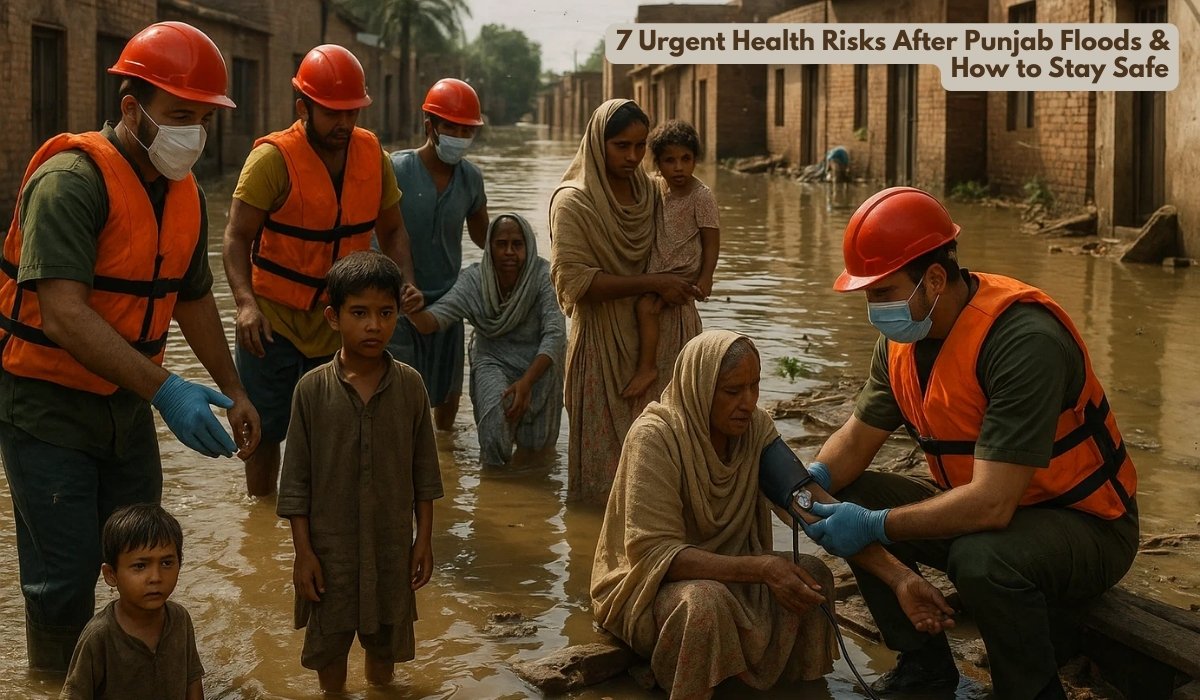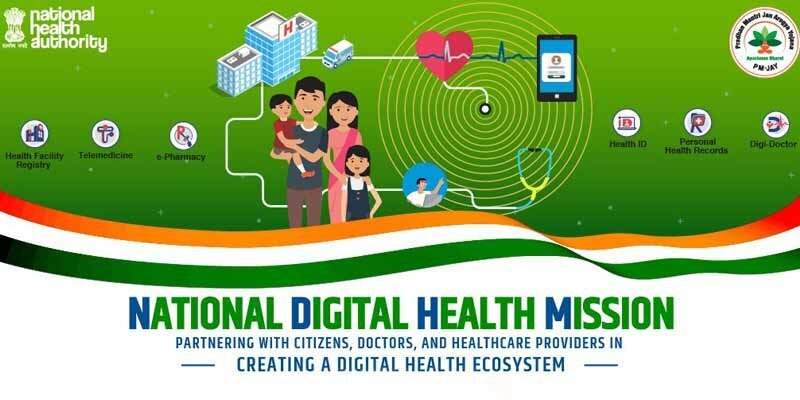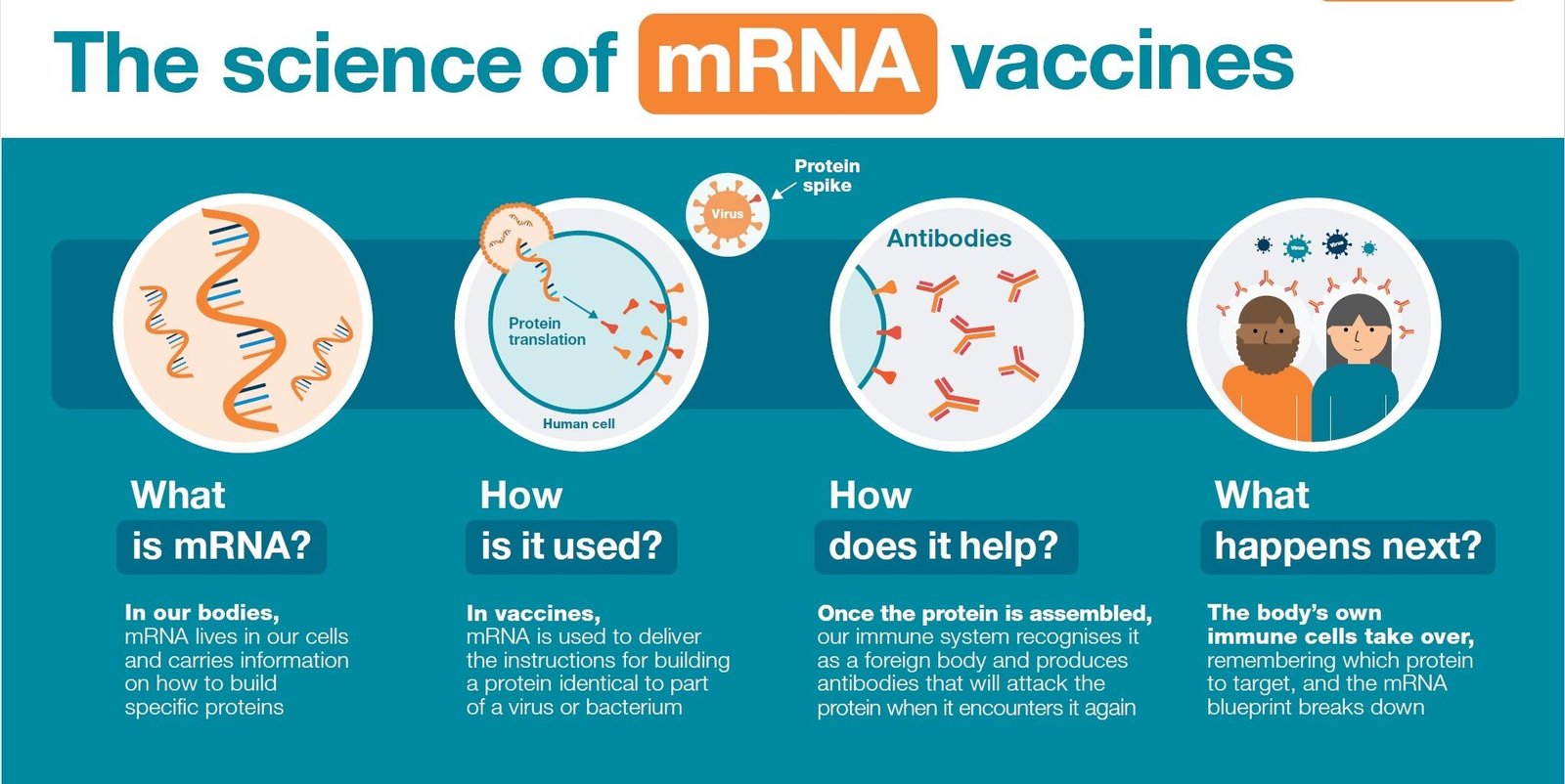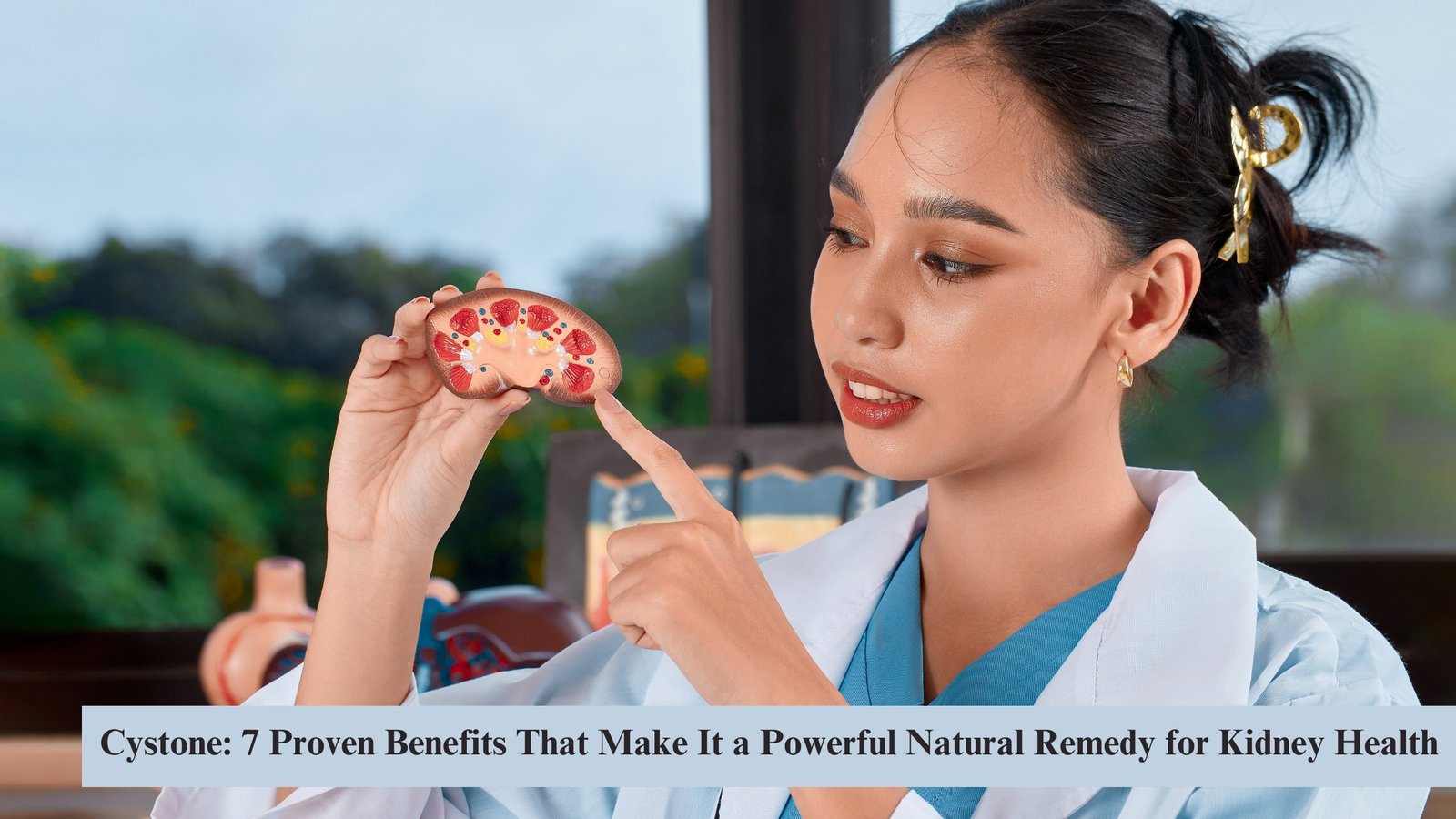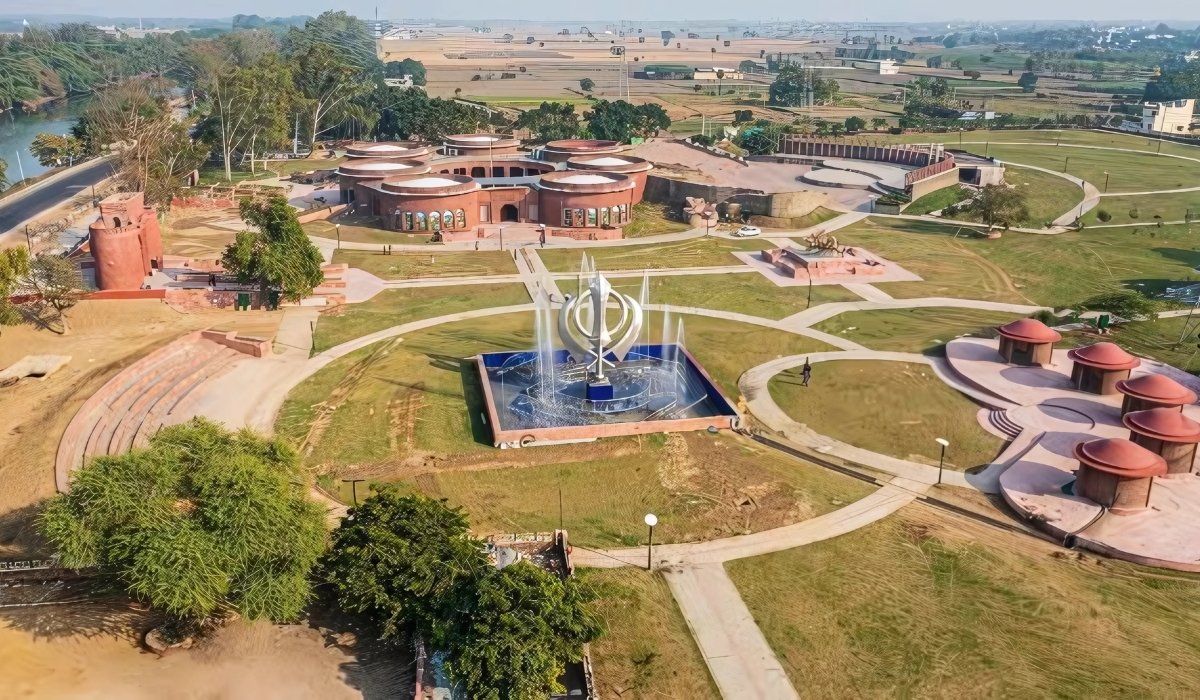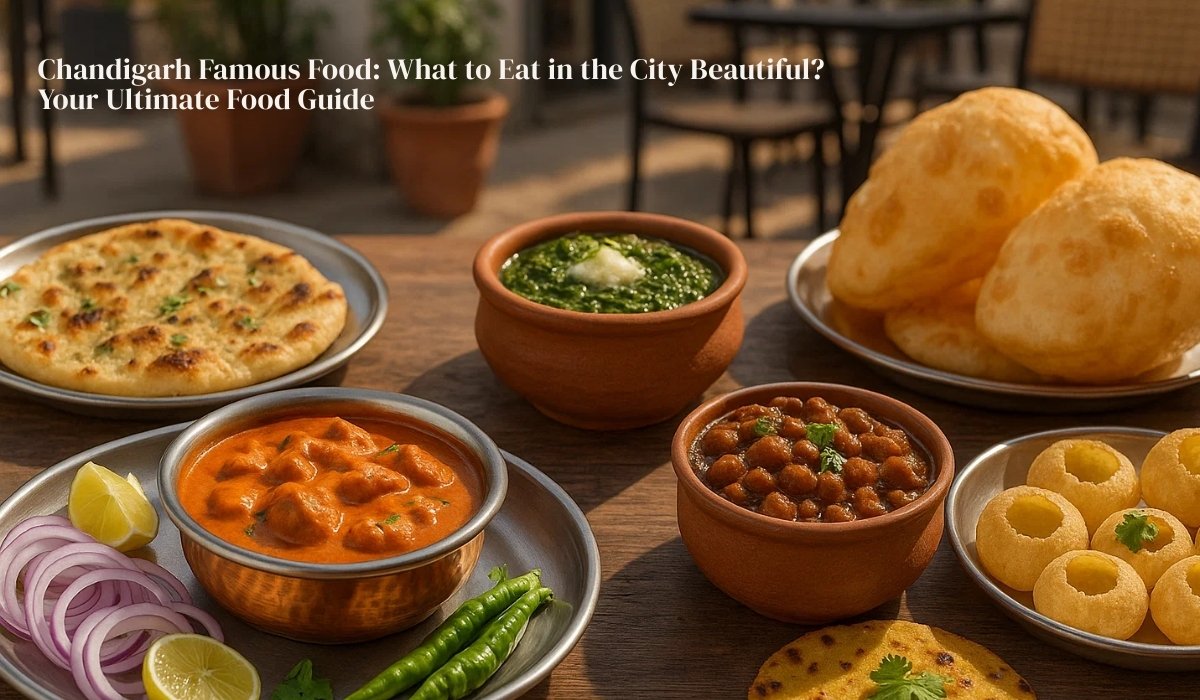In an era where time is luxury, ready to eat food has become the go-to choice for millions. Whether you’re a college student, a working professional, or a frequent traveler, chances are you’ve stocked up on ready meals at some point. In fact, India’s ready-to-eat (RTE) market is projected to surpass ₹6,000 crore by 2025.
But here’s the real question: Is ready to eat food healthy?
Nutritionists are increasingly weighing in—and their answers might surprise you. This blog breaks down the truth behind the packaging, what you should watch out for, and how to make smart RTE choices.

What is Ready to Eat Food?
Ready to eat food refers to pre-cooked or prepared meals that require no additional preparation—just heat and eat (or sometimes, eat directly). It’s designed for convenience, with a long shelf life and often includes:
- Microwaveable curries and rice
- Packaged biryanis, pastas, soups
- Frozen parathas and kebabs
- Instant noodles and oats
- Canned beans or tuna
Fresh vs Ready to Eat Food Comparison
| Aspect | Fresh Food (Home-Cooked) | Ready to Eat Food |
|---|---|---|
| Prep Time | 30–60 mins | 2–5 mins |
| Nutrient Retention | High | Moderate to Low |
| Preservatives | None | Often present |
| Flavor | Customizable | Factory-set |
| Cost per Meal | ₹50–₹100 | ₹100–₹250 |
| Shelf Life | 1–2 days | 6–12 months |
What Nutritionists Say About Ready to Eat Food
“Ready to eat meals are fine in moderation, but they’re no replacement for fresh meals.”
— Dr. Neha Sharma, Dietitian, Fortis Healthcare
“The real problem is excessive sodium, sugar, and preservatives. Read your labels!”
— Rahul Bhattacharya, Certified Nutrition Coach
“I advise my clients to pair RTE meals with raw salads or yogurt to improve nutritional balance.”
— Dr. Meenal Kapoor, Clinical Nutritionist
Is Ready to Eat Food Healthy? Pros and Cons
Benefits:
- Saves time during workdays or travel
- Portion control helps track calories
- Hygienically packed and safe when from reputed brands
- Shelf-stable and easy to store
- Variety available, including low-calorie or vegan options
Concerns:
- Often high in sodium and trans fats
- Many use preservatives and artificial flavors
- Can be low in fiber, protein, and essential vitamins
- Regular consumption may impact gut health and metabolism
- Risk of over-relying on convenience over fresh meals
7 Nutritionist-Approved Tips to Choose Better RTE Food
- Check the Ingredient List First
Avoid items with MSG, hydrogenated oils, or unpronounceable chemicals. - Prioritize Low-Sodium Options
Ideal: under 400mg sodium per serving. - Look for Fiber and Protein
Meals with lentils, quinoa, oats, or beans keep you fuller longer. - Avoid Added Sugars
Choose meals with less than 5g of sugar per serving. - Watch Serving Sizes
A small-looking pack may contain 2 servings. - Add Fresh Foods
Boost nutrition by pairing with boiled eggs, fruits, or a raw salad. - Use as Emergency Backup—Not Daily Diet
Limit RTE food to twice a week for optimal health.
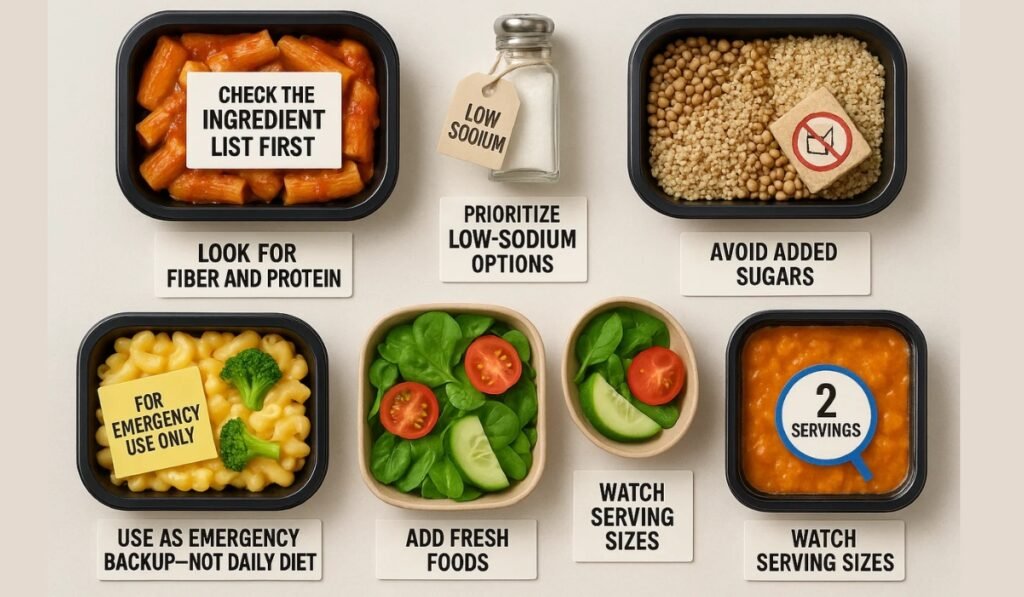
Must-Have Features of Healthy RTE Food
- Low sodium (under 400mg)
- No added sugar or preservatives
- High fiber (3g or more)
- Protein-rich (10g or more)
- Real ingredients (no artificial colors or flavors)
- Reputed brand with clear labeling
Real-Life Use Cases: When RTE Food Helps
- Busy office goers: Quick lunches during tight schedules
- Students living alone: Lack of access to a full kitchen
- Travelers: When local food isn’t safe or accessible
- Elderly: Who struggle with daily cooking
- Campers and trekkers: Lightweight, nutritious meals on-the-go
“I always keep 2–3 packs of ready-to-eat dal makhani for work days—it saves me from ordering junk.”
— Shruti, 29, Software Engineer
FAQ: Is Ready to Eat Food Healthy?
1. Is ready to eat food safe for daily consumption?
Not ideal. Most RTE foods are safe, but regular consumption can increase your intake of sodium, preservatives, and unhealthy fats.
2. Can ready to eat food be nutritious?
Yes—if you choose clean-label options with high protein, fiber, and low additives.
3. Are frozen ready to eat foods better than shelf-stable ones?
Often yes. Frozen RTE meals may contain fewer preservatives and retain better nutrient quality.
4. Do RTE foods lead to weight gain?
Frequent consumption of calorie-dense, low-nutrient RTE foods can contribute to weight gain. Opt for lighter options.
5. Is ready to eat food okay for kids?
Occasionally, yes. But always pick low-salt, preservative-free varieties designed for children.
Related Topics to Explore
1. Instant Food vs Ready to Eat Food
Instant food requires minimal cooking (like noodles), while RTE is pre-cooked and requires no prep.
2. Meal Prepping vs Ready to Eat Meals
Meal prepping is more time-intensive but healthier; RTE wins on convenience.
3. Preservative-Free Ready to Eat Brands
Brands like iD Fresh, Soulfull, and Slurrp Farm now offer clean, additive-free RTE meals.
4. Healthy RTE for Fitness Goals
Some RTE brands cater to bodybuilders and fitness lovers with high-protein and macro-balanced meals.
5. Vegetarian and Vegan RTE Options
The rise in plant-based diets has boosted RTE options for vegetarians and vegans, often using lentils, tofu, and millet.
Conclusion: Make Informed, Not Instant Decisions
So, is ready to eat food healthy? It can be—if you choose wisely. The key lies in reading labels, limiting frequency, and balancing meals with fresh, whole foods. In today’s world, convenience and nutrition don’t have to be at odds—you just need to be a conscious consumer.
Want more expert-backed health and food insights?
Explore our latest guides, tips, and expert articles in the Health & Wellness section of Chandigarh Hut.
Start making smarter choices today—your health deserves it.

